
Along the left hand side of the siq, a covered water channel used to bring water from the spring in Wadi Musa into the center of Petra.
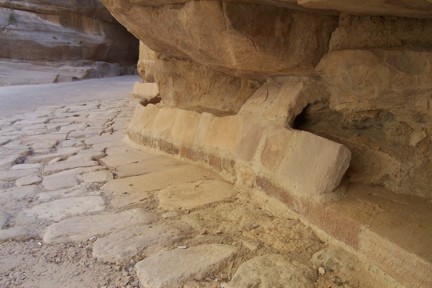
Along the right hand side of the siq, clay water pipes brought water into the city.

The museum in Petra has these two pieces of pipe on display so tourists can see the incredible advancement that the Nabataeans made in their water works. These clay pipes have tapered ends, something we modern people only figured out in the last two hundred years.
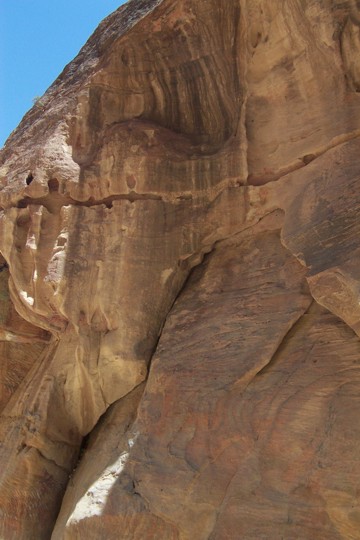
Farther along the Street of Facades, the water pipe that was running at road height is now far above our heads. Over the last kilometer the road has dropped dramatically, but the clever Nabataeans kept the water pipes dropping slowly so as to provide water pressure within the city center.

Throughout the city of Petra are hundreds of underground water cisterns. Every possible drop of rainwater, as well as the water piped into the city was stored and used later.
If this interests you, you might also want to check out the paper on Nabataean Water Collection
Extended Abstract from: Petra Water Systems : The water supply and distribution system of the Nabataean city of Petra in southwestern Jordan has been explored and together with data extracted from excavation sources, key cisterns, dams, springs, channels and pipelines comprising the water distribution system have been placed on a site map [Figure 1, The Water Supply and Distribution System of the Nabataean City of Petra (Jordan), 300 BC-AD 300, Cambridge Archaeological Journal 15:1, 93-109, 2005]. Analysis of the system indicates exploitation of all possible water resources using management techniques that balance reservoir storage capacity release with continuous flow pipeline systems to maintain a constant water supply throughout the wet and dry seasons of the year.
The origins of Petra began ca. 300 BCE. Urban development progressed with later Roman administration of the city starting at 106 CE; final Byzantine occupation to the 7th century CE completed site occupation history. Trade networks that extended throughout much of the ancient orient and Mediterranean world intersected at Petra and brought not only strategic and economic prominence but also impetus to develop water resources fully to sustain increasing population and city elaboration demands. City development was influenced by artistic, cultural and technological borrowings from Seleucid, Syro-Phoenician, Greek, Roman and Eastern civilizations through trade route associations; the Petra water distribution system showed indications of hydraulic technologies derived from these contacts as well as original technical innovations that helped to maintain the high living standard of city dwellers throughout the centuries. Analysis of Nabataean piping networks indicates that design criteria are employed that promote stable flows within piping, use sequential particle settling basins to purify potable water supplies, promote open channel flows within piping at near critical (maximum) flow rates that avoid leakage associated with pressurized systems and are designed to match the spring supply rate to the maximum carrying capacity of a pipeline. Estimates of the total city water input from multiple piping networks derived from spring sources and stored cistern water supplies (including latest discoveries of subterranean water cisterns) are made and compared to the water supply rate of ancient Rome in the same era; although a fraction of Rome’s supply rate, the amounts are more than adequate to provide for the hygiene and practical needs of the city. New discoveries related to maximizing water flow rates by internal piping wall surface roughness patterns appear to predate later discoveries in western science by some 20 centuries. This, and other demonstrations of engineering capability in hydraulic system design indicates a high degree of skill in solving complex hydraulics problems to ensure a stable water supply and may be posited as a key reason behind the many centuries of flourishing city life.Extended abstract from: Petra Water Systems by C. R. Ortloff.
The full article may be viewed in pdf format at the following website:
http://journals.cambridge.org/production/action/cjoGetFulltext?fulltextid=302831
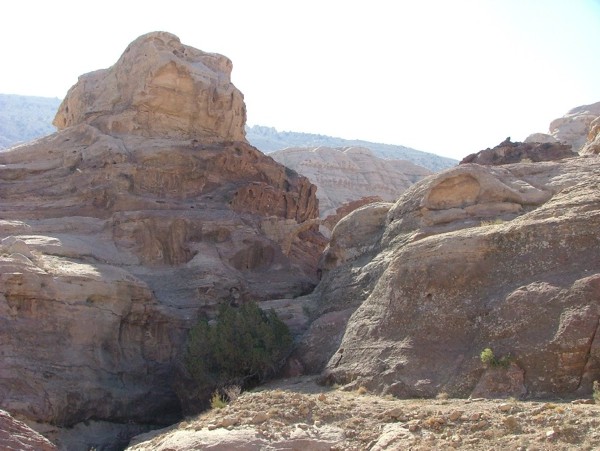
Behind Um AlBiera mountain is an aqueduct that crosses high above a siq. Special thanks to Kezsmarki Agnes for this great picture. Used with permission.

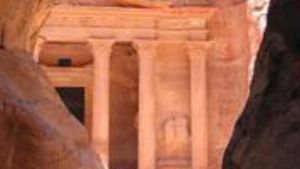
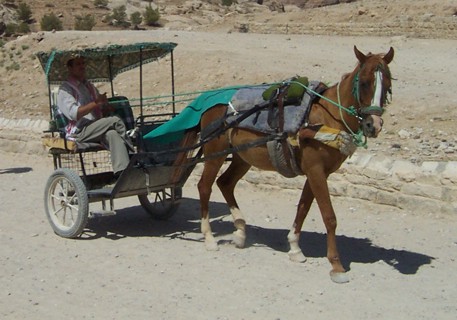
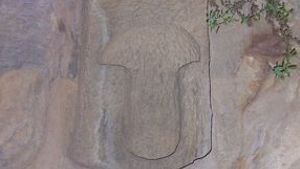
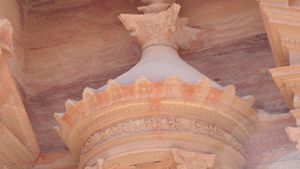

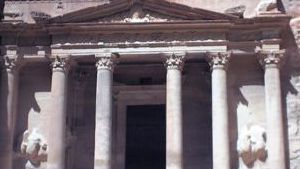
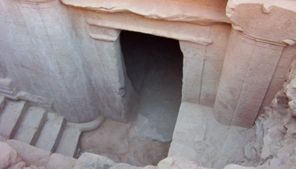
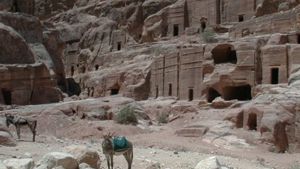


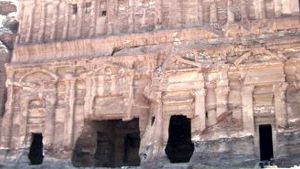
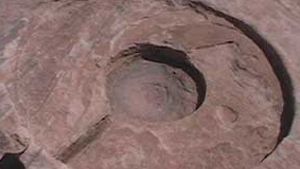
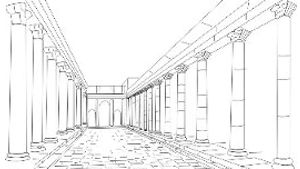
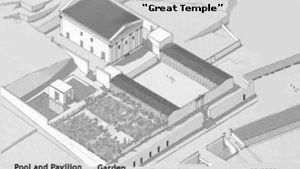
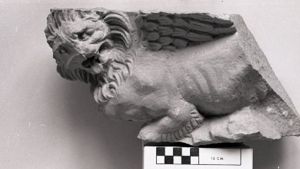
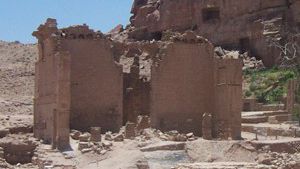
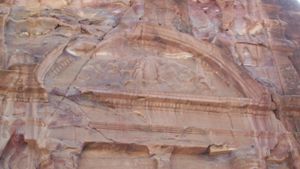

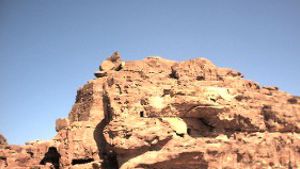
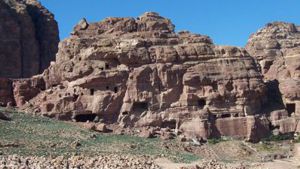
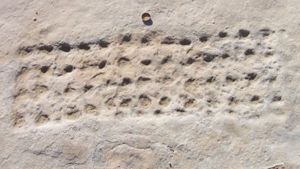
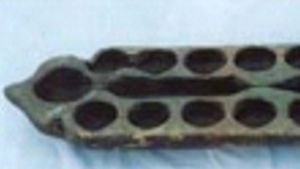
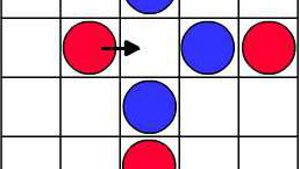
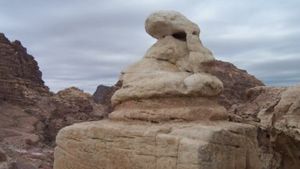
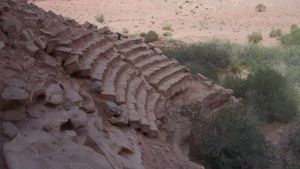
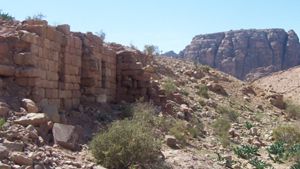
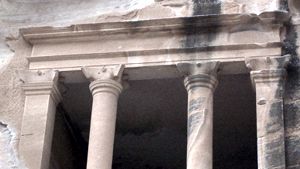
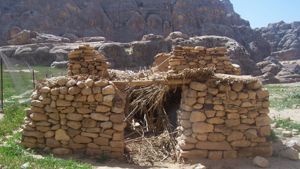

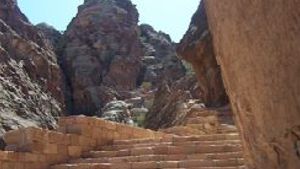

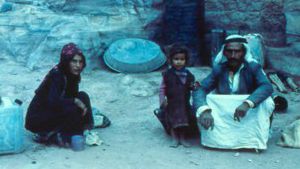
Page Discussion
Membership is required to comment. Membership is free of charge and available to everyone over the age of 16. Just click SignUp, or make a comment below. You will need a user name and a password. The system will automatically send a code to your email address. It should arrive in a few minutes. Enter the code, and you are finished.
Members who post adverts or use inappropriate language or make disrespectful comments will have their membership removed and be barred from the site. By becoming a member you agree to our Terms of Use and our Privacy, Cookies & Ad Policies. Remember that we will never, under any circumstances, sell or give your email address or private information to anyone unless required by law. Please keep your comments on topic. Thanks!